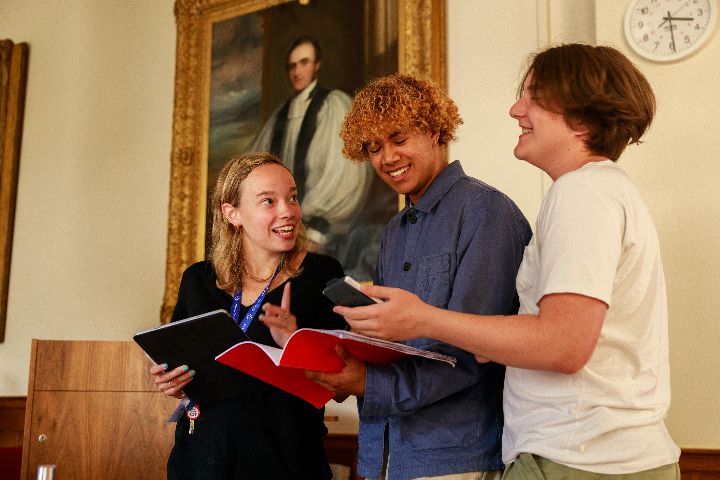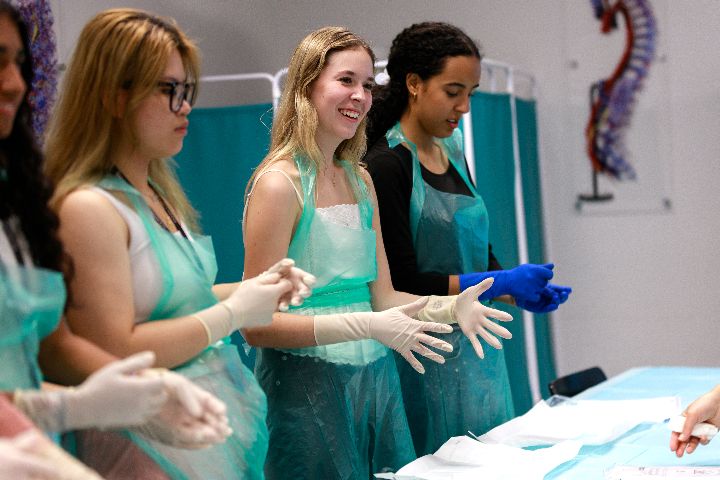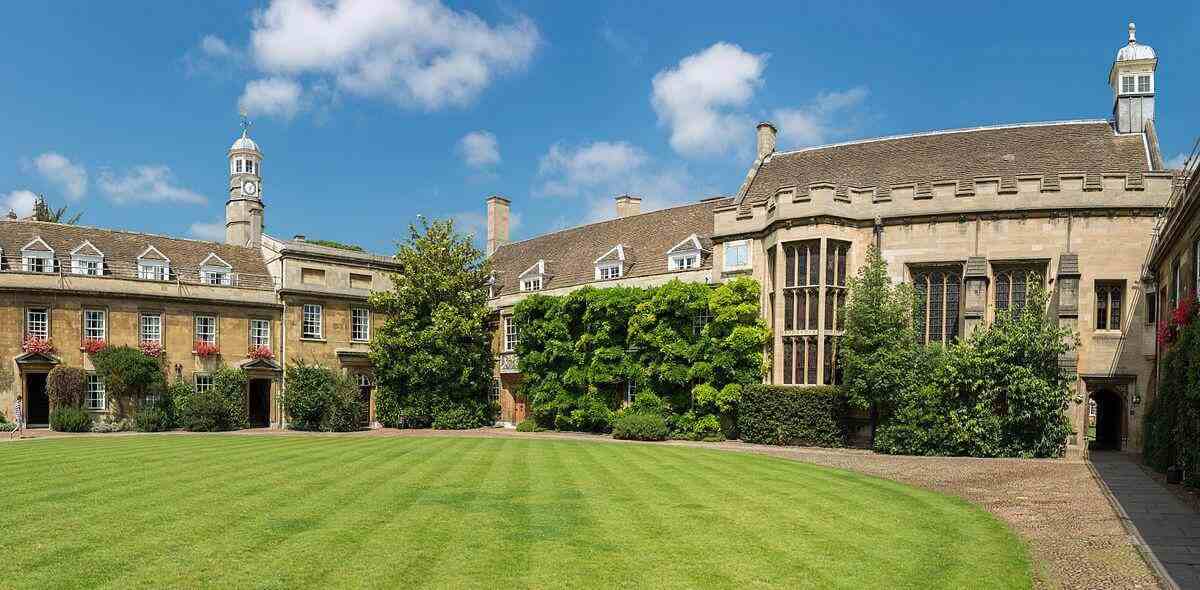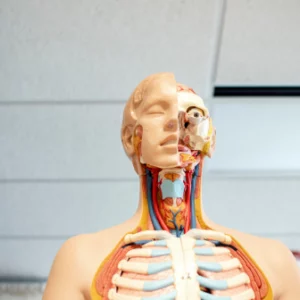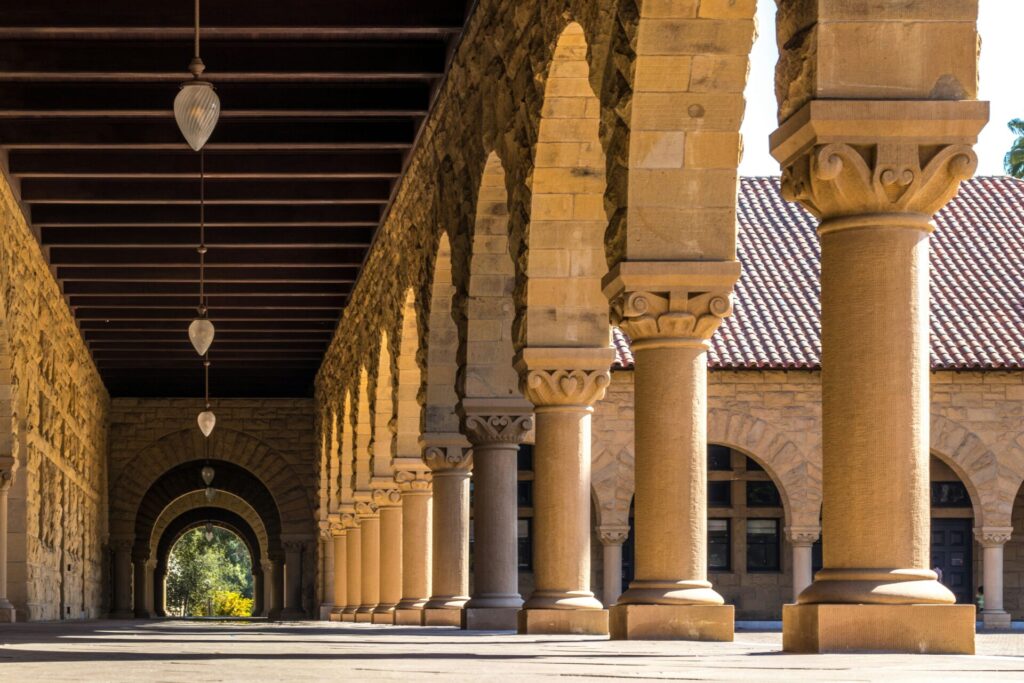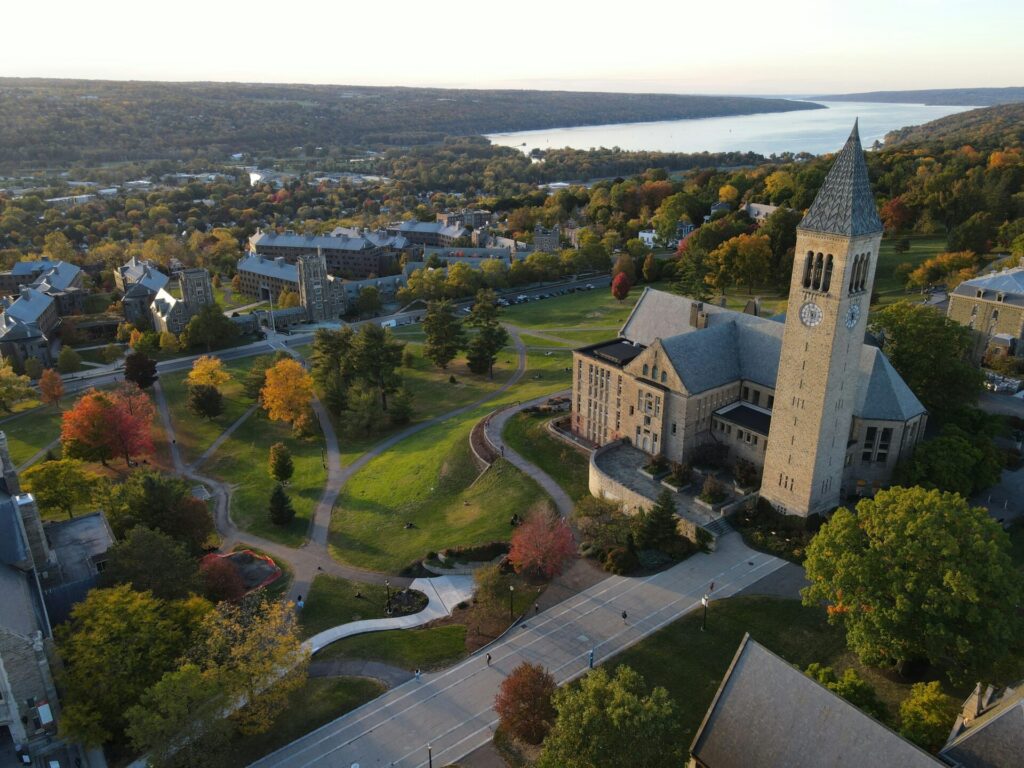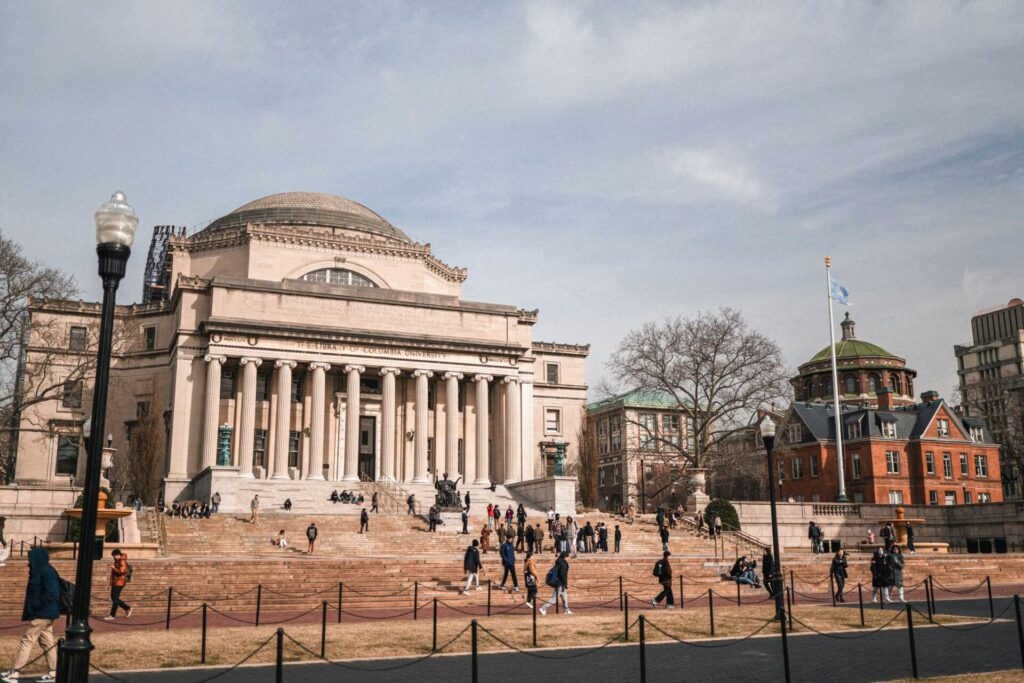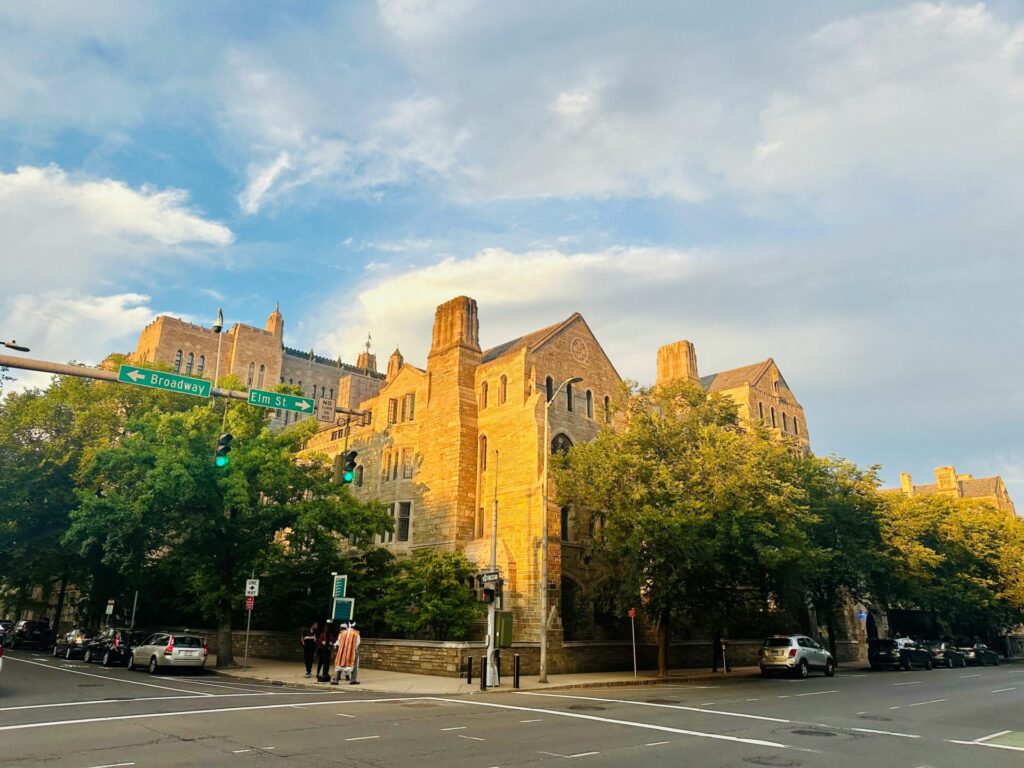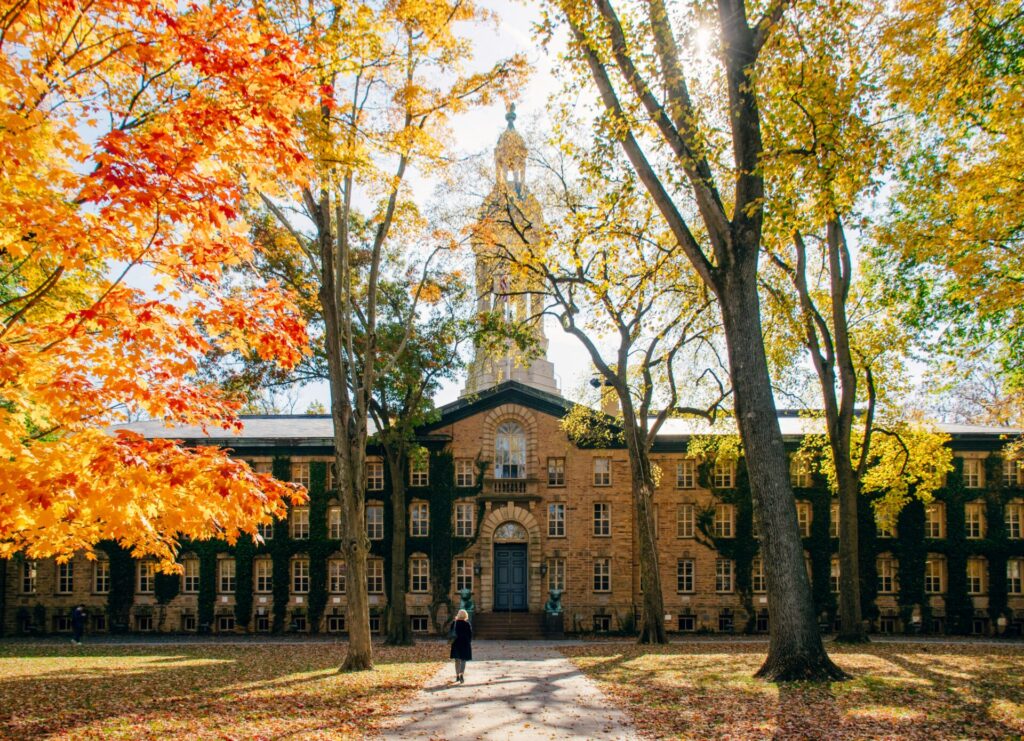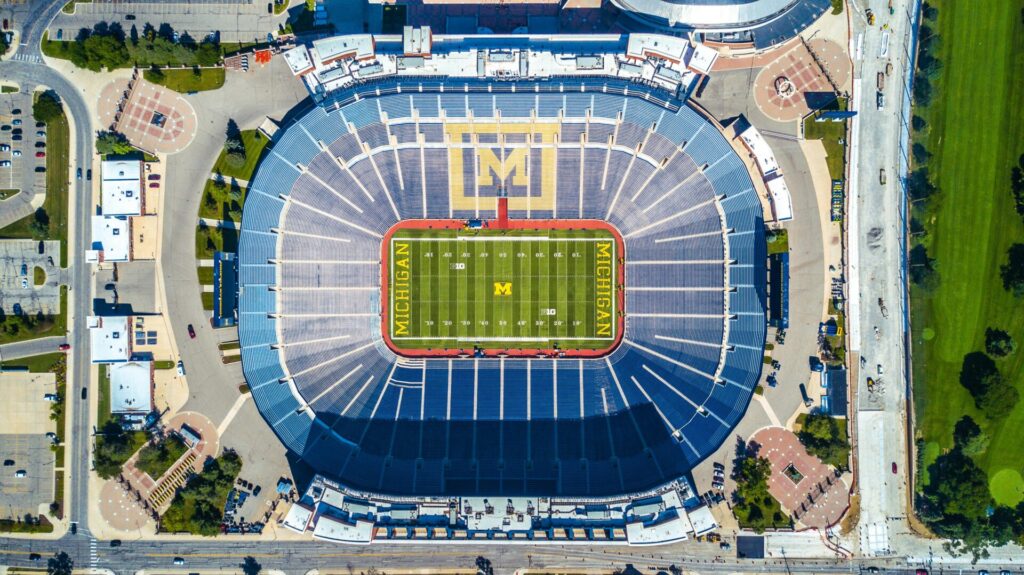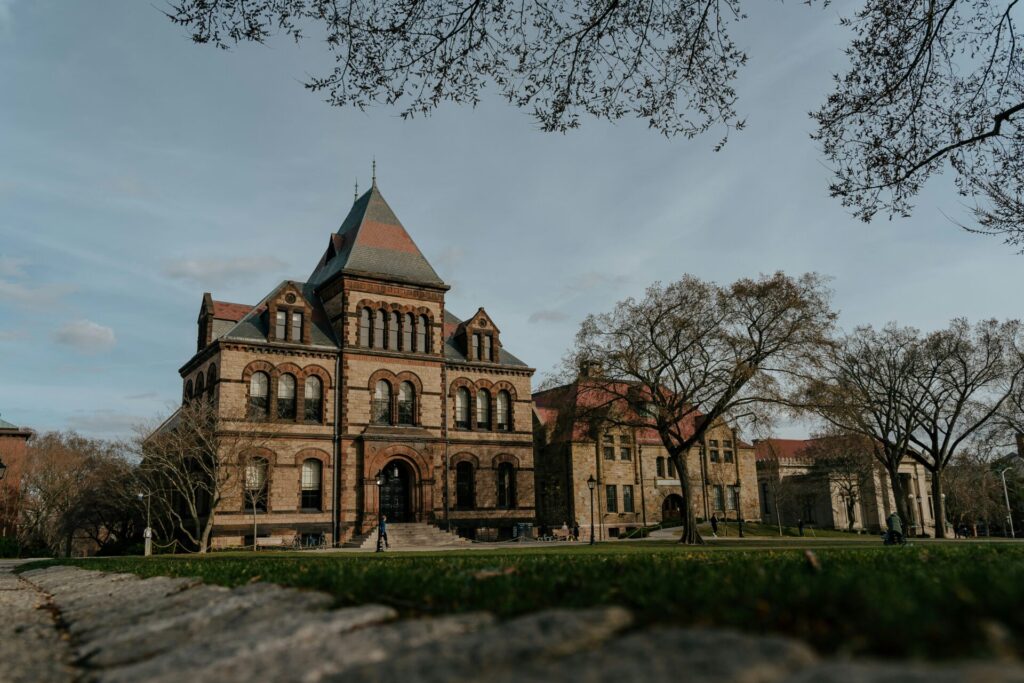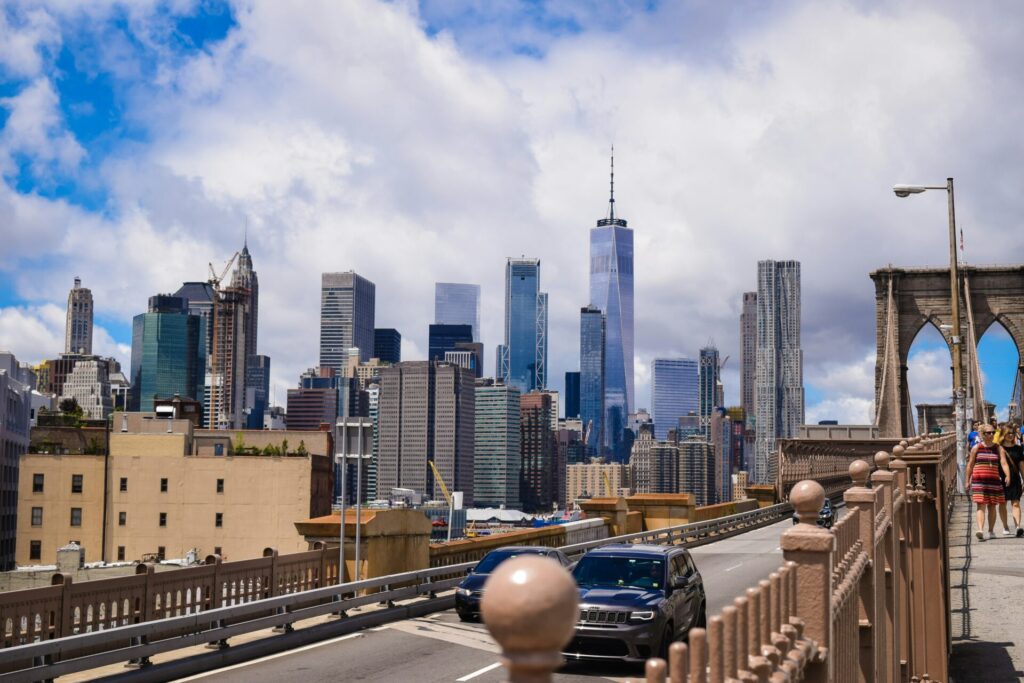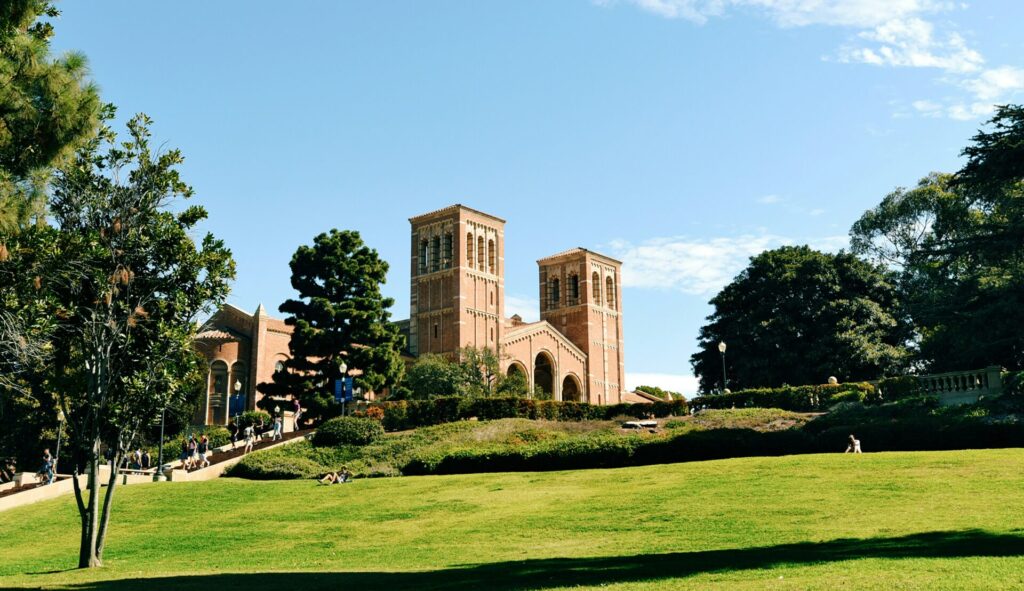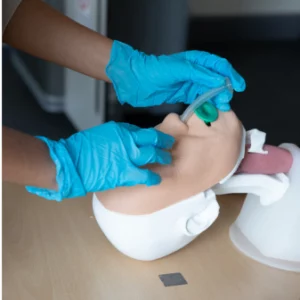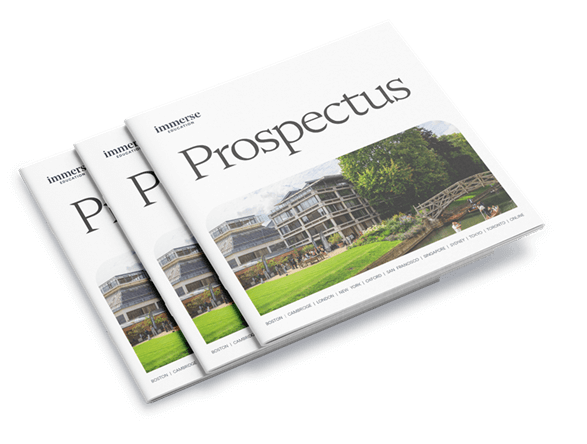Of all the sciences, I find that biology seeps into a place with more enthusiasm than most others. Even here, in this widowed hotel on the frayed edge of Rome, as I eat my soup with plastic fork and pretend those gunshots are fireworks. Even here, biology is taking hold.
Life creeps greenly into car park cracks while also, since the sky sparkles not, bleeding out onto a floor. But, living subjects aside, can the science itself inhabit a place over time? Can the study of living processes become as embedded in a place as the ant colony in my hotel en-suite?
Why, yes. Yes it can. And the horde of Cambridge students cycling daily to the Downing Site will agree with me. Well, they should anyway. It’s only through work done here that we can understand what’s going on in that scurrying millipede of cycling legs. Sir Bryan Matthews’ oscillograph laid the foundations for measuring the nerve activity, while the pioneering electrophysiology work of Hodgkin and Huxley helps us understand what those measurements actually mean!
The Construction of Downing Site
The construction of Downing Site itself signalled an attempt by the University to take the sciences seriously. Even before the site was built, the wild, boggy marshland of the Pembroke Leys would portend the coming focus on the life sciences. Death arrived first though, as the place was fertile hunting ground as early at the 1780s. Then, as the 19th century rolled around, it was bought for the construction of Downing College.
But, as is often the case when discussing the university colleges of Cambridge and their grand projects, the money soon ran out and the northern reaches of the Leys we left unused. Eventually, between 1895 and 1902, the University would purchase this land for the construction of laboratories, to ease the overload of scientists in the New Museums Site across the road.
Despite the prospect of some elbow room, this proposed move was met with some outcry because surely the scientists didn’t need that much space. It was only biology, after all. And rocks, I suppose – but that’s an article for another day. Soon afterwards, the biologists came in their droves, bringing their new ideas with them.
Notable Innovations and Breakthroughs
First, in 1904, the botanists came to set up their labs and their… leaves. And on their leaves, they penned some of the most influential work in the taxonomy of British and European flora in the last century. In addition, the blossoming field of plant physiology saw great strides here.
For example, the great Frederick Blackman proved that leaf absorption of carbon dioxide occurred almost wholly through the stomata; published his theory on the limiting factors of photosynthesis; and originated the idea that separate reactions occur in the light and dark to sustain plant life. Students of Blackman included CS Hanes, who elucidated the structure of plant starch and Robin Hill who, after the biochemists’ arrival in 1924, shed yet more light on the reactions of photosynthesis.
Another biochemist, Frederick Sanger, would sequence the insulin protein at Downing Site, before going on to sequence DNA itself, later in his career. Soon after, the early education of the medics and vets of Cambridge was cemented in Downing Site. After the Physiology laboratory made its new home there in 1914, the human anatomists would muscle in after 1938. The veterinary anatomists doggedly followed in 1958.
The study of living things in Cambridge has since become synonymous with Downing Site, with many of the more modern breakthroughs – such as Bob Edwards’ early work on In-Vitro Fertilisation – taking place somewhere in that redbrick, Jacobean maze.
How Downing Site has changed lives
The discoveries and developments at Downing Site have changed how the world understands and harnesses biological processes. Couples can now have children when they previously could not; crops can be genetically modified to thrive in harsher climates; millions of diabetics have ready access to insulin; and Chinese scientists recently grew the first plants on the Moon! All of these advances were built, either wholly or in part, on the results found and documented here.
For all the budding (pun intended) biologists out there: dig out your old school textbooks, go and find out where those facts came from. Much of the biology we all learned in school can be traced back to that former patch of marshland, bound on all four sides by famous Cambridge streets.
The buildings bear names of those distinguished scientists, plaques commemorate their work all over the place. It almost reassures us that, yes, the secrets of life were investigated within these walls; biology lived and still lives here, in its undergrads and its lecturers and its memories of all that came before.
Looking to learn more about Biology or Medicine?
We hope you found this post interesting and useful. Does the science behind life fascinate you? Sign up for our award winning Biology or Medical Summer School where you will dive deep into the study of living things and learn about the rapid advancements in Medical technology.
Join the Immerse Education 2025 Essay Competition
Follow the instructions to write and submit your best essay for a chance to be awarded a 100% scholarship.

